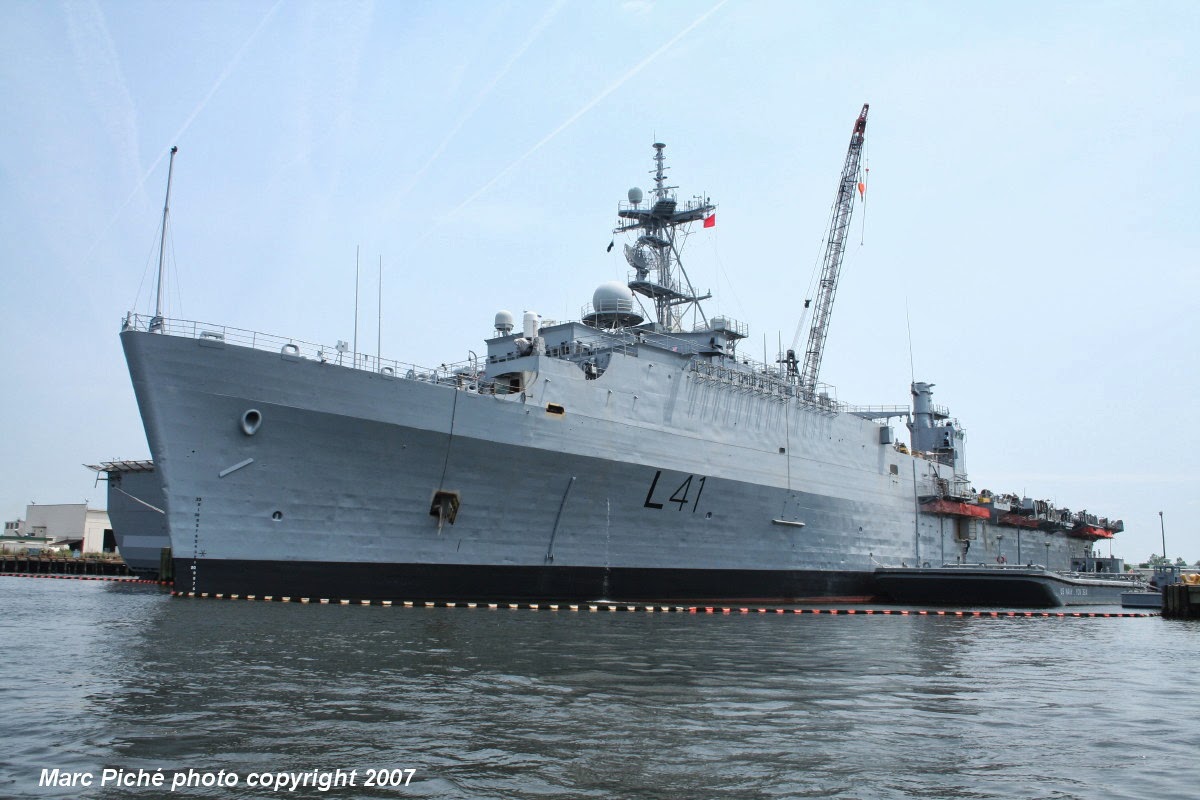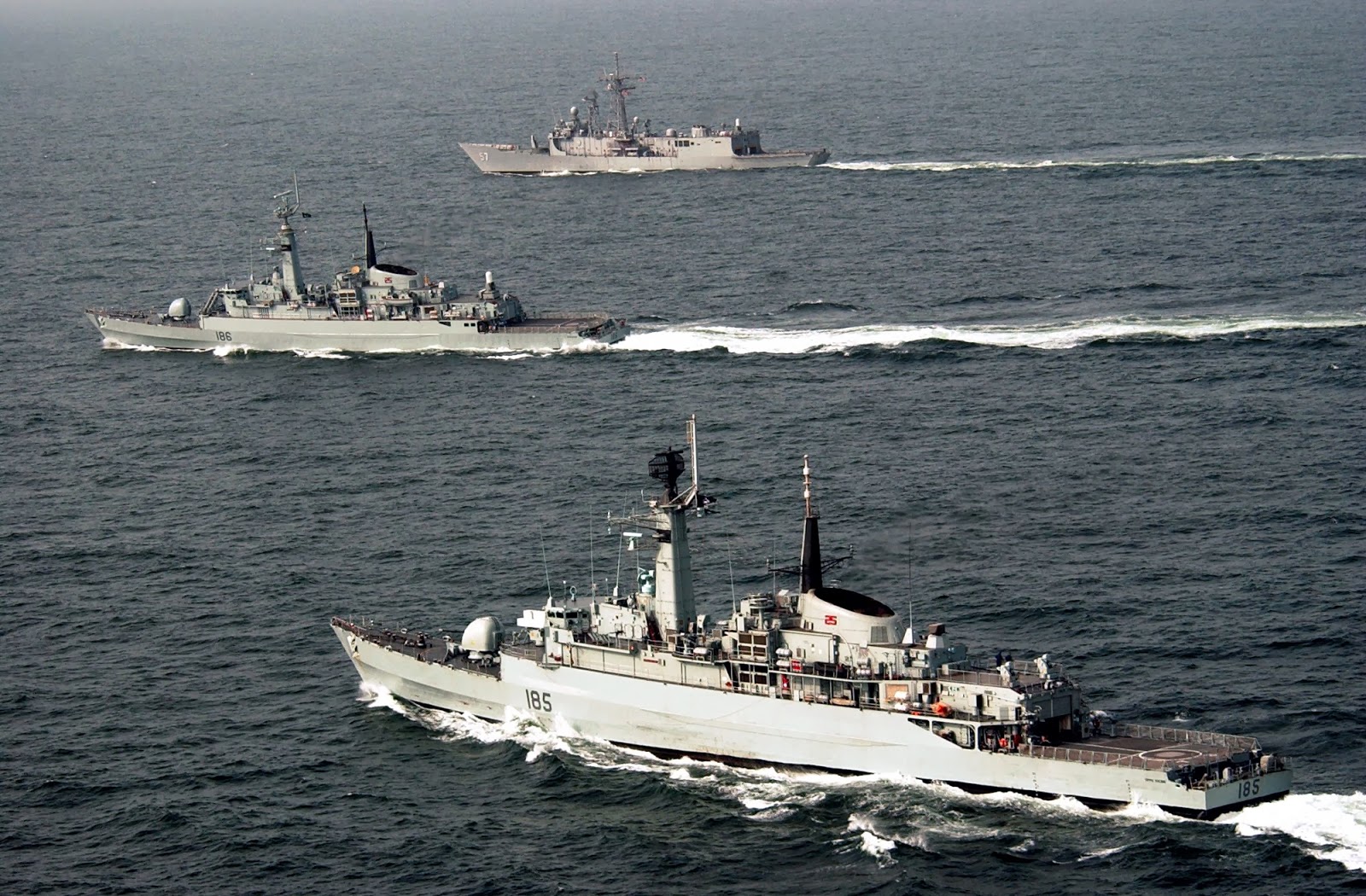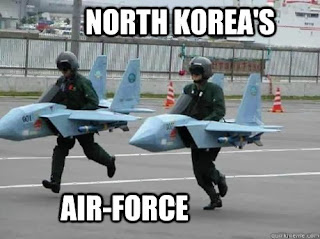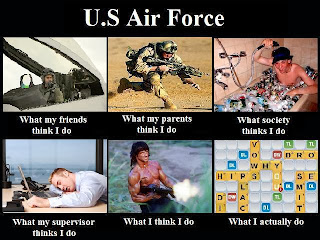COBRA-COmmando Battalion for Resolute Action

COBRA (backronym for COmmando Battalion for Resolute Action) is a specialised unit of the CRPF created to counter the Naxalite problem in India. This specialised CRPF unit is one of the few units of the Central Armed Police Forces in the country who are specifically trained in guerilla warfare. This elite fighting unit has been trained to track, hunt and eliminate small Naxalite groups. There are currently 10 COBRA units. CoBRA Sector is continuous winner of Best CRPF Anniversary Parade 2009, 2010 and 2011.
Cobras are trained in the Army’s elite Counter Insurgency and Jungle Warfare School in Mizoram and CRPF’s anti terrorist school in Silchar. They are adept in the art of camouflage and jungle warfare. Their role is to carry out reconnaissance and long range patrols, gather intelligence on the whereabouts of the insurgents, and also carry out ambushes and precision strikes when required. Their sniper teams can also be used to headshot key targets.
CoBRA members are assigned to an Army unit for six months following their basic training. After this, they may be assigned to counter-Naxal activities.








.jpg)




.jpg)





















.jpg)
.jpg)















